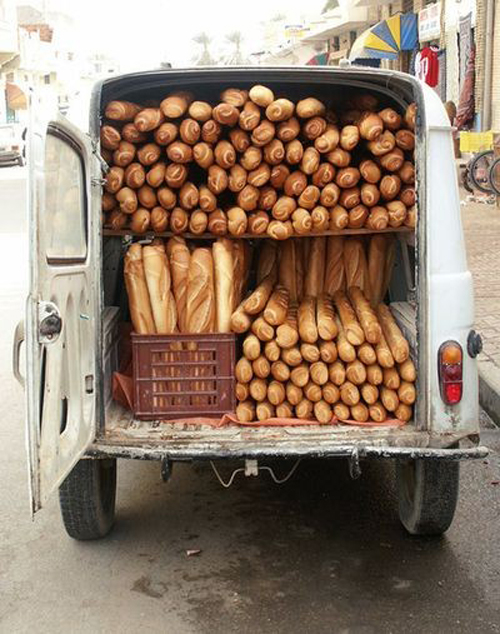Granola is a popular healthy breakfast cereal + snack with a nuttier history than the pile of pecans and almonds in its recipe.
Here's a bit of granola history: Briefly, granola's roots trace back to the mid-1800s beginning with an American physician and minister named Dr. Sylvester Graham (preaching temperance & nutrition), who created the Graham Cracker. Then, in 1863, Dr. Jackson took Dr. Graham’s cracker one step further by grinding up this whole wheat biscuit into smaller pieces and then baking it, which became known as “Granula.” Sound familiar?
That was when Dr. Kellogg’s whole-wheat breakfast food was renamed “Granola” because of a pending lawsuit initiated by Dr. Graham regarding his trademark rights to the Granula name. BTW, Dr. Kellogg’s Granola cereal never really caught on commercially. But, in 1898, granola inspired Charles Post’s Grape Nuts Cereal.
Not all healthier cereal was Kellogg's inspired, though. A similar cereal by the Swiss Dr. Bircher-Benner created the popular Swiss cereal Muesli in the 1900s after hiking in the Swiss Alps. Birchermüsli Complet is still a popular food served, especially on hot summer evenings. It's a combo of whole grains, fruits, and nuts, topped with good Swiss cream and yogurt.
Like Dr. Bircher-Benner’s Muesli, granola is delicious beyond the breakfast table. It is a great midday snack and is good topped on ice cream. Granola makes a taste baking topper on fresh summer fruits like peaches. Just bake as you would a cobbler. Prepare a fresh berry parfait or Creamy Rice Pudding from George Hirsch Lifestyle TV Series as an elegant dessert!
Today, granola recipes are as varied as our imagination and are so easy to make your own. Start with rolled oats (not quick-cooking oats).
Spices may include cinnamon, nutmeg and cardamom, orange zest, and crystallized ginger.
Nuts or seeds; may include almonds, cashews, pecans, sunflower seeds, sesame seeds, and pecans.
Other additions may include coconut, cranberries, raisins, dates, peanut butter, pure maple syrup, honey, or brown sugar. I almost hate to say it - even chocolate chips. Just use very good quality chocolate.
George's Granola
About 12 servings
chefgeorgehirsch.com | from George Hirsch Living it UP! cookbook
2 cups of rice cereal
2 cups bran cereal
2 cups rolled oats (not quick-cooking or instant)
1 cup raisins or any combination of dried fruit
1/2 cup pecans chopped
1/2 cup honey
Optional for flavor: 2 Tablespoons butter, melted
2 teaspoons cinnamon
Vegetable spray
Preheat oven to 325 degrees.
Spray vegetable spray on a nonstick roasting pan or use parchment paper.
Combine the rice cereal, bran, rolled oats, pecans, cinnamon, melted butter, and honey.
Bake for 10-15 minutes, stirring occasionally, then remove from the oven. Granola should brown evenly; the browner it becomes, the crunchier and nuttier the granola will taste. Use caution not to burn. Mix in the raisins. Cool completely and store in a tightly sealed container in the refrigerator for up to one week.











